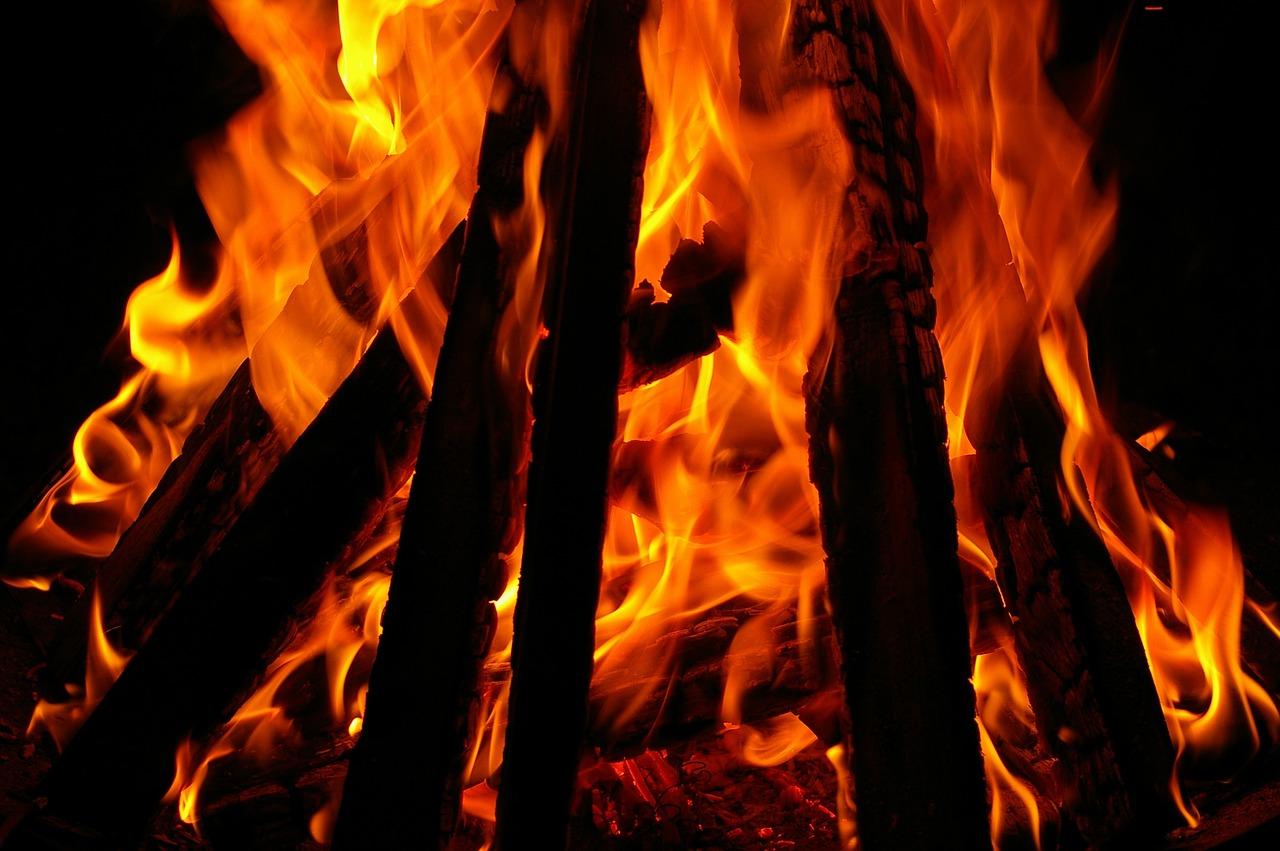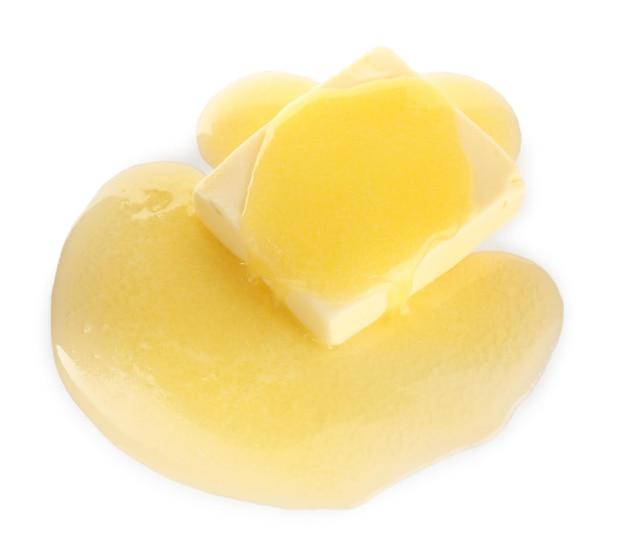Have you ever wondered what happens when butter is exposed to extreme heat? Does it undergo a chemical change or is it simply a physical transformation? In this blog post, we will delve into the world of chemistry and explore the burning of butter.
But before we dive into the specifics of burning butter, let’s take a step back and understand what a chemical change actually is. Chemical changes occur when a substance undergoes a transformation at the molecular level, resulting in the formation of new substances with different chemical properties. On the other hand, physical changes involve alterations in the appearance or state of matter, without any changes in the chemical composition.
Now, back to our burning butter experiment. Is it a chemical change? Stay tuned to find out as we explore this intriguing topic. But not just that, we will also touch upon other interesting questions like the burning of paper, mixing of lemon juice with baking powder, and more. So, let’s light the fire and unravel the mysteries of burning butter together in this adventure through the realm of chemistry!

Is Burning Butter a Chemical Change?
If you’ve ever left a pat of butter on a hot pan a little too long, you might have witnessed the transformative power of heat on this creamy ingredient. But is burning butter just a simple change in its state or is it an actual chemical change that alters its composition? Let’s dive into the sizzling world of melted butter and find out the truth behind this toast-topping phenomenon.
Cooking Chemistry 101: The Basics
First, let’s understand what happens when we cook. You see, cooking involves more than just tossing ingredients together and hoping for the best (though sometimes, that can work wonders!). It’s a delicate dance of molecules, reactions, and transformations that bring out flavors, aromas, and textures in our food. It’s like an invisible chemical symphony playing out in your kitchen.
Butter: More Than Meets the Eye
Butter, the golden darling of baking and frying, is made up of a complex composition of fats, water, proteins, and a touch of salt. It’s like a little universe of deliciousness nestled in a tub. When you heat butter, its components start to react, and that’s when the magic (or chaos, depending on your cooking skills) begins.
Science Meets Sizzle: The Butter-Burning Process
As you heat butter, the water content in it starts to evaporate, creating steam. The steam helps carry away some of the heat and prevents the butter from getting too hot too quickly. This is why you need to be patient when melting butter for those Sunday morning pancakes.
Things Get Smokin’: Butter on Fire
Now, here comes the exciting part. If you continue heating the butter past its melting point, it will start to brown and eventually turn into a hot, sizzling liquid. This process is called the Maillard reaction, which involves the browning of sugars and proteins in the butter.
A Fragrant Journey: The Aromas of Burning Butter
As the Maillard reaction takes hold, a variety of flavorful compounds are formed. These compounds create the enticing aromas that waft through your kitchen and make your mouth water. Think of it as nature’s way of signaling “Dinner’s ready!”
The Final Verdict: Chemical Change or Just Toasted
Based on the scientific evidence, it’s safe to say that burning butter is indeed a chemical change. The heat causes a series of reactions that transform the butter’s composition, color, and taste. It’s like a chrysalis turning into a beautiful butterfly, but with a slightly smoky aroma.
Embrace the Sizzle, But Please Don’t Start a Fire
So, the next time you’re cooking with butter and things start to sizzle a little too much, remember that you’re in the midst of a culinary chemical adventure. Just make sure to keep an eye on it and avoid any kitchen mishaps that involve an actual fire. Cooking is meant to be fun, delicious, and hopefully, without any unintended pyrotechnics.
Butter Up Your Cooking Knowledge
Now that you know the secret chemistry behind burning butter, you’ll be able to impress your friends with your newfound culinary wisdom. So, go forth, sizzle with confidence, and embrace the transformative power of heat in the kitchen. Just don’t forget the fire extinguisher—just in case.
References:
- Chef McGee’s Kitchen Chemistry: Smitten with Skillet Science (2018)
- The Science of Good Cooking: Master 50 Simple Concepts to Enjoy a Lifetime of Success in the Kitchen (2020)
- Butter 101: A Culinary Masterclass (2022)

FAQ: Is burning butter a chemical change?
In the culinary world, butter is a beloved ingredient used in a wide range of dishes. But have you ever wondered what happens when you subject butter to heat? Does it undergo a chemical change? In this FAQ-style subsection, we’ll explore the burning of butter and discover whether it falls under the realm of chemical transformations. So, let’s dive right in!
Why Does Burning Paper Qualify as a Chemical Change
Burning paper is an excellent example of a chemical change. When paper is set on fire, it undergoes a combustion reaction. The heat causes the cellulose fibers in the paper to decompose, forming a black carbon residue known as ash. Additionally, this combustion process releases gases, such as carbon dioxide and water vapor, into the atmosphere. Thus, the chemical composition of the paper changes, giving rise to new substances.
Which of the Following Is Not a Chemical Change
Among the given options, the process that is not a chemical change is freezing water. Freezing is a physical change in which water molecules lose energy and rearrange themselves into a crystalline structure. Although the appearance of the water changes from a liquid to a solid, there is no alteration in its chemical composition. It’s merely a transformation from one physical state to another.
Which of the Following Is Not a Chemical Change 1 point
Here, we have an identical query to the previous question. The process that is not a chemical change, even when one point is at stake, remains freezing water. Once again, freezing is a physical change where water transitions from a liquid to a solid state without undergoing any chemical reactions.
Is Mixing Lemon Juice with Baking Powder a Physical or Chemical Change
When lemon juice is mixed with baking powder, a chemical change occurs. This combination triggers a reaction that produces carbon dioxide gas, along with other compounds. The CO2 gas is responsible for the bubbles and foaming that you observe when adding lemon juice to baking powder. So, next time you’re making a lemon-flavored treat, be prepared for some delightful chemical transformations in your batter!
Is Burning Butter a Chemical Change
Yes, indeed! Burning butter does qualify as a chemical change. When you subject butter to high heat, its fat molecules begin to break down through a process called combustion. This combustion reaction releases energy in the form of heat and light while generating new compounds, including water, carbon dioxide, and various flavorful compounds. So, if you’ve ever accidentally let your butter sizzle a little too long in the pan, you can blame it on some tasty chemistry!
What’s Incorrect About Physical Changes
Physical changes involve alterations in the physical characteristics of a substance without modifying its chemical composition. However, the given statement is incorrect as physical changes do not produce new substances. Instead, they encompass changes in states of matter, shape, size, or appearance of a substance. So, while a physical change may transform the outward appearance, the chemical identity remains the same.
Now that we’ve delved into the world of burning butter and explored the science behind it, you have a better understanding of whether burning butter is a chemical change. Remember, chemistry surrounds us in unexpected ways, even in the culinary adventures we undertake. So, embrace the transformative power of chemical reactions and savor the delightful outcomes they bring to our palates!
